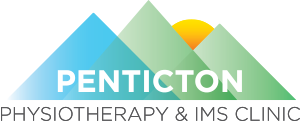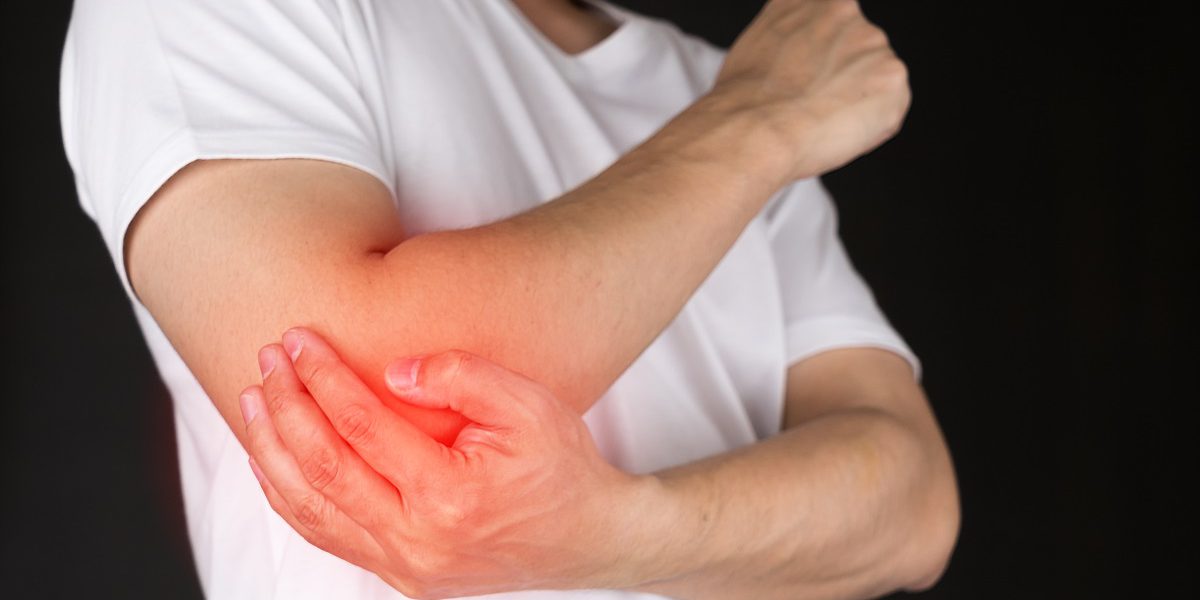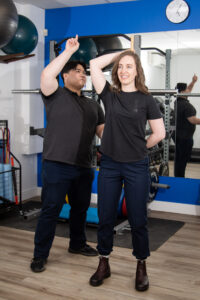Elbow pain can really get in the way of your day. Whether you like to play tennis, get out in the garden or just have a physical job, elbow and forearm pain can stop you in your tracks. Chances are that you have heard of ‘tennis elbow’, but did you know that there can be several reasons why your elbow might hurt? Read on to learn more about what could be happening, and what you can do about it.
Tennis elbow
Tennis elbow, or lateral epicondylitis as it is medically known, is a common overuse injury of the muscles in the forearm. If you feel the outside of your elbow, you will feel your lateral epicondyle, a small boney prominence (or as we like to call it, the sticky-outie bit), which sometimes can be tender to the touch. The muscles in the top part of your forearm (your ‘extensor group’) attach to this boney prominence, and run all the way down your forearm and into your hand and wrist.
Repetitive use of your arm with activities such as using a computer, labor tasks at work or just lifting and grabbing objects over and over can all cause irritation where the muscle attaches to the bone in your elbow, leading to pain the elbow which can radiate into your forearm. This is a condition which generally gets worse if you continue the activity which is aggravating it, can be really painful in the morning when you wake up, and requires a tailored physiotherapy treatment plan to treat it. Interestingly, playing tennis only accounts for about 5% of ‘tennis elbow’ cases!
Other causes of elbow pain
Pain in the elbow can be caused by multiple reasons, including, but not limited to:
- Referred pain from the neck (cervical) and middle back (thoracic spine); this can be due to poor posture, tight muscles in this area, or nerve/ disc issues
- Elbow joint/ bone pain
- Nerve entrapment pain (from around the forearm and/ or elbow)
- Osteochondritis dissecans (which is a cartilage problem in the joint, in this case the elbow)
How can I get rid of my elbow pain?
The first thing to do is to figure out what exactly is causing your elbow pain – is it coming from muscles becoming overused in the area, or from poor posture causing your neck to become tight? Are the bones in the elbow joint itself the issue, or are any nerves around the elbow and forearm causing the problem?
There are many different tests a physiotherapist can perform to help diagnose you, and this is so important because if you do not have an accurate diagnosis, it becomes very difficult to treat the pain and get you back to normal. A physiotherapist will take time to speak with you to learn about the history of your problem, and then complete the appropriate testing needed to help figure out what is going on.
Once you have an accurate diagnosis for your elbow pain, we can begin treating it. Often early in the treatment of elbow pain, the physiotherapist will complete a variety of hands on therapy to help relieve any tight and problematic muscles and/ or joints. These treatments can involve soft tissue and muscle release, joint mobilizations or IMS . By relieving the muscular pain and tightness, often your elbow pain will begin to improve.
Once your elbow pain is beginning to settle from the hands-on physiotherapy treatment, it’s time to start your home exercise plan. A common problem we see with muscles in the forearm is that they become both tight and weak. If this tightness and weakness is not resolved, often your elbow pain will linger, or return again over time. If the issue is coming from your upper back or neck, it’s likely you have some postural issues which will need addressing. Your physiotherapist can help teach you safe and efficient exercises to stretch out and help the muscles become stronger again, both of which will be needed to resolve your elbow pain.
The bottom line
The bottom line is that elbow pain is unpleasant, and can make daily tasks that you normally take for granted very difficult to perform. An assessment with your physiotherapist can help determine why your elbow is hurting, and both hands on and exercised based therapy can be used to treat the problem.
Remember, a doctor’s referral is not required to see a physiotherapist, and we are able to direct bill most private insurance companies on your behalf. If you are interested in resolving your elbow pain, give us a call at 250-493-1152 for further information, or go directly to our online booking page to book your appointment from the comfort of your home!







